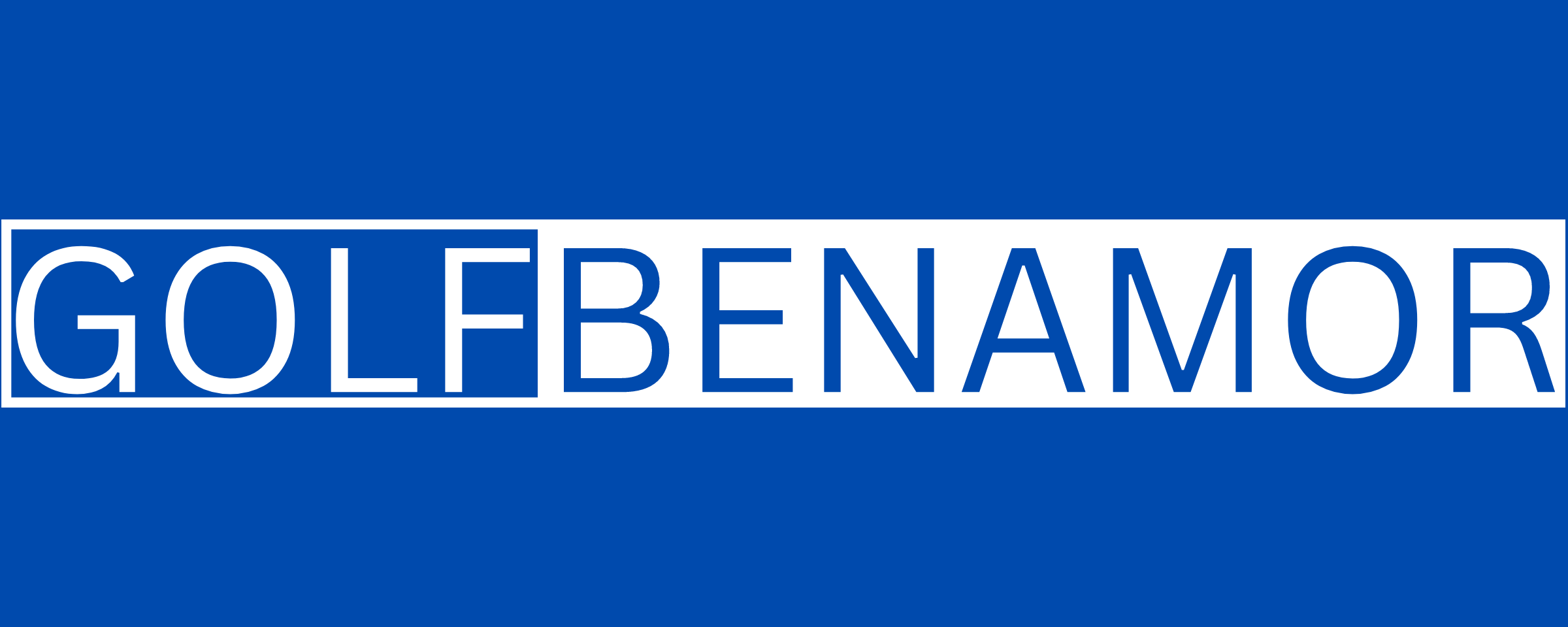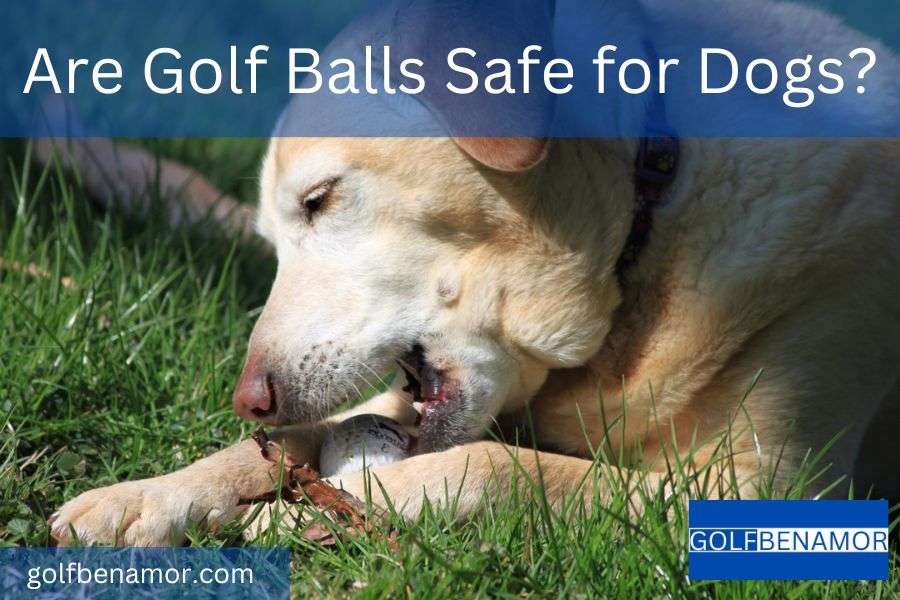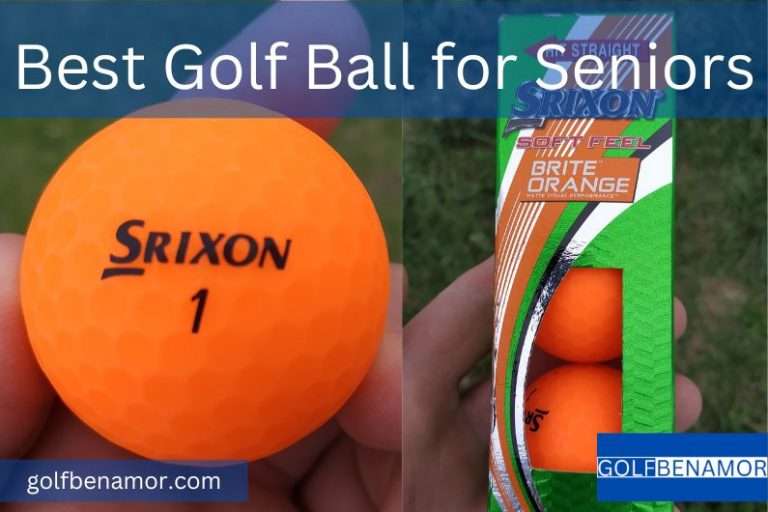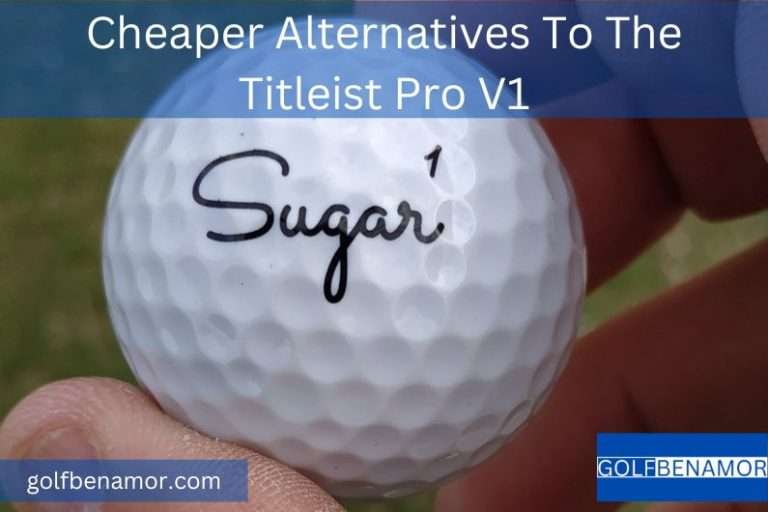Are Golf Balls Safe for Dogs?
Two of the greatest things in life, golf and dogs. They bring untold joy, happiness and the odd burst of frustration. It’s not uncommon to see a furry friend play with a golf ball, chasing after it with unbridled enthusiasm and sinking its teeth into the cover.
But is it safe?
Most definitely not. Dog owners should be aware of the dangers a golf ball poses to dogs of all sizes.
Hazard of Choking
The first danger is of the dog choking on a golf ball. If a ball manages to lodge in your dog’s throat, it is possible they will die in minutes. For this you have two choices, try and dislodge the ball or bring your dog to a vet. Unfortunately, if a ball does get lodged in your dog’s throat, it’s unlikely you can get to a vet in time.
The second possibility is that the ball doesn’t get lodged in your dog’s throat and manages to make it into their digestive system. There are plenty of stories of dogs passing up all manner of strange objects after eating them, but a golf ball is unlikely to be one of them. This will cause great pain to your dog and surgery may be required to have it removed.
Instead of giving dogs golf balls, there are specially made products in the market that provide a much safer alternative.
Toxicity
Golf balls can also be toxic to dogs. They are made from rubber, liquid rubber and plastics and some even contain heavy metals such as zinc and lead. Long term exposure to these compounds may result in severed disease and health issues.
Other dogs may be allergic to certain materials used in golf balls which can be very discomforting and serious. An allergic reaction could result in dogs vomiting, refusing to drink and eat and becoming generally lethargic. If this happens owners should consult a vet immediately.
When they break down golf balls can also release toxic materials into the surrounding environment.
Damage to Teeth
Often misunderstood by dog owners is the importance of caring for their pooch’s pearly whites. Dogs chew so much during the day that if their teeth become damaged it can cause them discomfort, stress and affect their quality of life.
There are certain misconceptions out there that chewing helps to make a dog’s teeth stronger. While this is not just untrue, it is also dangerous as owners fail to regulate what their dog is playing with.
It is also possible that fragments of the golf ball could get lodged in a dog’s gums and cause inflammation and infection. This will result in a dog requiring dental surgery which can be very stressful for the animal and a pain in the wallet to the owner.
Are Golf Balls Safe for Dogs: Conclusion
Golf balls are most definitely not safe for dogs. There are too many dangers, chiefly the risk of choking. Other dangers include toxicity, allergic reactions, damaged teeth and gum infections.
While dogs may happily play with golf balls, owners should know better and take steps to ensure their pets don’t have access to them. There are many other alternatives out there that have been specially designed to be kind to canine teeth and health.
Frequently Asked Questions [FAQ]
What should I do if a dog eats a golf ball?
If your dog has managed to consume a golf ball, the first thing to do is be very vigilant. A dog can choke to death in minutes after swallowing a golf ball and it is important to know the signs in case something serious is wrong.
If a dog is pawing at their mouth, shaking their head, retching, coughing or gagging, these should not be a cause for concern. It could mean something is stuck in your dog’s mouth and not their throat or be signs of another illness such as a cold.
If your dog is gasping for breath or suffering from weakness, lethargy, an inability to defecate or other sudden similar changes in behavior, then the issue is potentially serious and medical help should be sought out immediately.
If you notice that your dog is choking, you need to act immediately. First, determine where the blockage is if possible. You may be able to reach inside the dog’s mouth and take the ball out. If this isn’t possible, call a vet. In the time it takes for the vet to arrive, you will also need to perform certain methods to increase your dog’s chances of survival.
The aim is to dislodge the ball and just as with humans, the Heimlich Maneuvre is very effective. Grab the dog around the waist just below the ribs and compress the belly a few times. If the object hasn’t come up, give another 3-4 fast jerks.
Once the object has come up and the airways are clear, CPR is the next step. Lay your dog on its side and locate its heart just behind the elbow. For every 3-5 compressions give one breath.
What Balls are Safe for Dogs?
Many people turn to tennis balls as their go-to choice of ball for their dogs, but these again can prove harmful to them. The fuzz on a tennis ball acts like sandpaper and wears down their teeth in a process known as ‘blunting’. For bigger dogs the tennis ball might even be a choking hazard while some dogs tear off the fuzz around the ball, again acting as a choking hazard.
There are, however, a number of balls out there that have been designed with our four-legged friends in mind. Balls like the Chuckit! Ultra Ball
and the KONG – Extreme Ball are great, safe options for dogs to play with.








